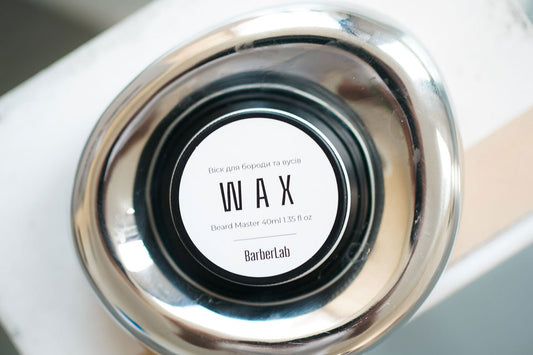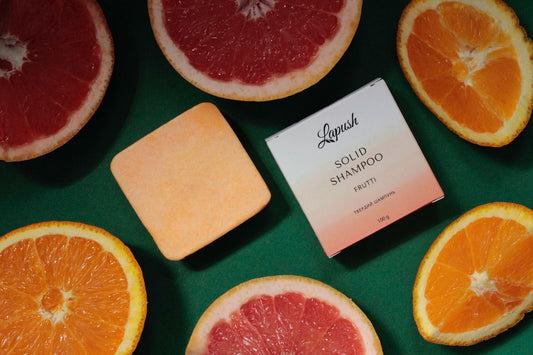
The most comedogenic oils: what to avoid for healthy skin
The most comedogenic oils
Comedogenic oils are the means that can contribute to the formation of comedones or plugs from each sebum, causing the appearance of acne and inflammation. It is important to know which of them should be avoided. Let's consider the most popular:- Coconut oil is a popular cosmetic product due to its moisturizing and nourishing properties. However, it has high comedogenicity (4 out of 5 on the scale), which can cause problems for oily and acne-prone skin. Instead, choose low-fat oils such as grapefruit or argan.
- Palm tree It also has a high level of comedogenicity (4 out of 5) and can cause clogging of pores and the appearance of acne. An alternative can be shea butter, which is well suited for sensitive skin.
- Natural cocoa butter has nutritional properties and antioxidants, but its comedogenic index is 4 out of 5. If you are prone to acne, it is better to choose another product
- Almond A popular ingredient in cosmetics, however, its property to clog pores is equal to 3 out of 5. Camellia or walnut oil can be used as a substitute.
- Avocado is rich in vitamins, antioxidants and essential fatty acids, but it clogs pores a lot. This can cause problems for people with oily or acne-prone skin.
If you want to use natural oils in skin care, but are afraid of their comedogenic effect, pay attention to the following alternatives:
- Jojoba is suitable for all skin types, has regulating properties and antioxidants.
- Flax seeds – due to the saturated composition of omega-3 fatty acids, this oil moisturizes and soothes the skin.
- Tamanu is known for its antibacterial and anti-inflammatory properties, which promote skin healing.
- black cumin - has anti-inflammatory, antibacterial and antifungal properties, is well suited for problem skin.










